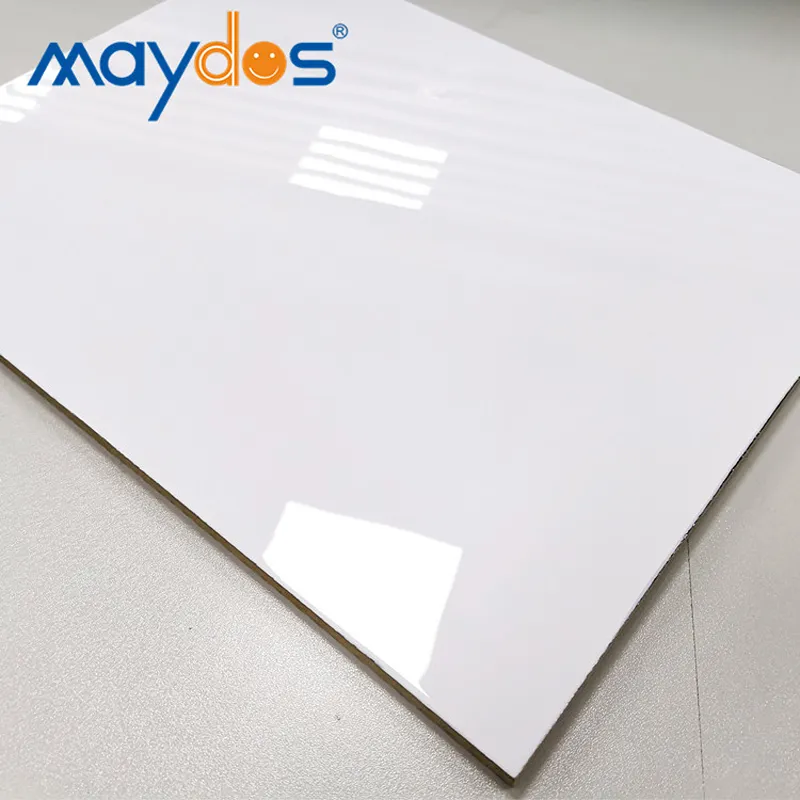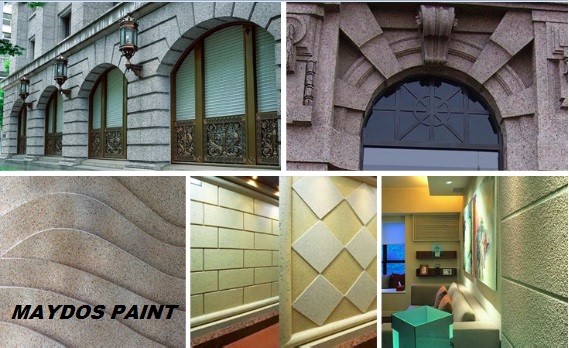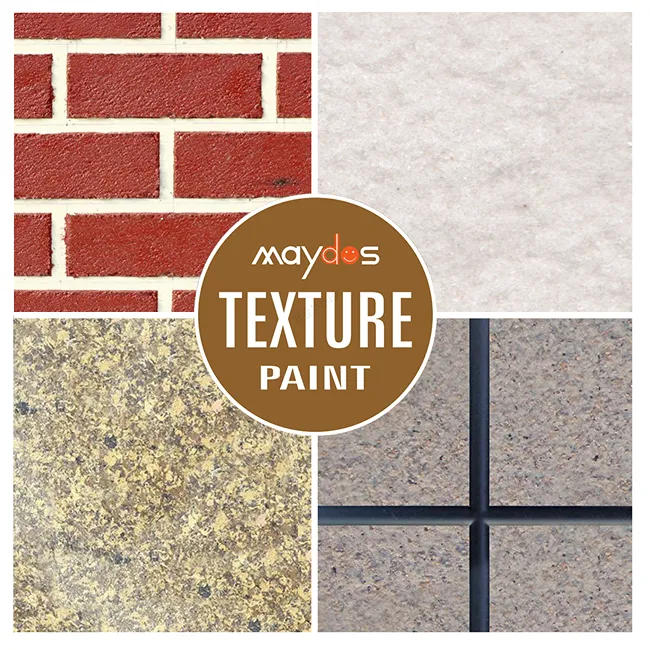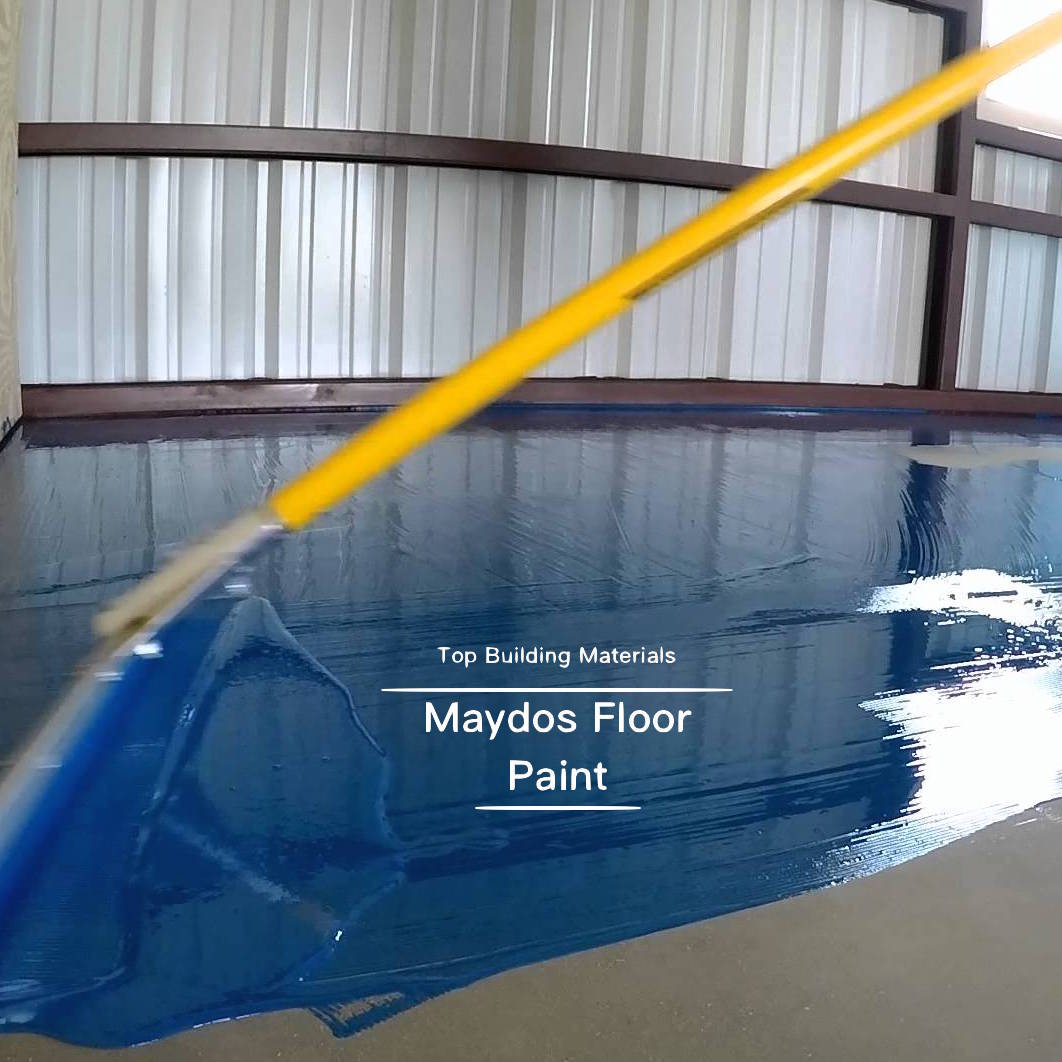Epoxy Floor Paint
If you’ve ever wondered whether you should go with Epoxy floor paint over latex paint, you’ve come to the right place. The two-part liquid is far more durable than latex paint, and it’s cheaper and easier to apply. Here’s how to apply it. First, you’ll mix the two parts of the epoxy paint together. You can use a stirrer bit on an electric drill to mix them together. Once they’re mixed, it’s as simple as painting.
Epoxy floor paint is a two-part liquid
Epoxy floor paint is a two-component liquid that is applied to a floor surface. The two parts of the paint are mixed together before application and allowed to cure for several hours. Its properties depend on the volume of solids, which is typically displayed as a percentage. When the product reaches room temperature, 100 percent will be on the floor after curing, while 50 percent means it will be about half as thick when applied.
There are some significant differences between two-part epoxy floor paints. Look for one that contains a high-solids content, as it is 100 percent paint. The lower percentage of solids will evaporate during the curing process, so you should look for an epoxy with a higher solids content. The difference in tensile strength can be deceiving, as this number isn’t relevant to 99.9% of floor applications.
The installation process of epoxy paint is simple, but you must take the time to prepare the area thoroughly before applying the paint. You must fill in any cracks and remove any oil or grease that may be present. It also takes several days to dry, so you should plan for at least two days before you begin. It is important to allow sufficient time for the first coat to dry before applying the second coat. Otherwise, it may be too late to remove the old coating.
It is more durable than latex paint
Although there are a number of differences between latex and epoxy paint, there are some key similarities between the two. Epoxy floor paint is made of two or three components. A true epoxy is one hundred percent solid. If a paint manufacturer combines an acrylic resin with epoxy, it will result in a weaker mixture that will erode over time and yellow or peel. The only difference between latex and epoxy paint is the type of resin that’s used to mix the two components. Water-based epoxy paint may also dissolve during the curing process.
Unlike acrylic and epoxy floor paint, latex paint is much cheaper to buy and apply. It dries quickly and does not emit any objectionable fumes, making it a good choice for garage floors where it will be unused or rarely used. However, this type of paint does not last as long as epoxy and acrylic paint. While latex paint can be attractive, it isn’t as durable.
While latex paints are cheaper and cover well, they’re not nearly as durable as epoxy. Epoxy floor paint is two-parts that contain a chemical binder and epoxy resin. These two components are kept separate until they’re ready to be used. Both options have their advantages and disadvantages. In general, epoxy paint is more durable than latex paint. So which one should you use?
It is cheaper to buy
One of the advantages of epoxy floor paint is its durability. This coating is resistant to chemical damage and impact. Additionally, it has dust-resistance, making it a safer choice for areas where heavy traffic and chemicals are present. This type of floor paint also lasts longer than conventional paint because it does not penetrate into the pores of the floor. Another advantage is that it can be added to your existing flooring, which means less time spent on cleaning and redecorating.
The cost of epoxy floor paints depends on the type of material you use. Water-based epoxy is cheaper than solid epoxy. The latter is much more expensive and requires less maintenance. Moreover, water-based epoxy is easier to apply, has less volatile organic compounds, and is inexpensive at $30 to $50 per gallon. However, it requires reapplying every one to three years, which can be quite costly.
The price of epoxy flooring varies from $1,320 to $3,080, and a typical one-car garage costs anywhere from $700 to $6,000, depending on the square footage and color of the floor. The cost per square foot varies, but it is generally between $3 and $7 per square foot. Water-based epoxy, as the name suggests, is cheaper than 100% solid epoxy. The price per square foot is lower for a larger floor area.
It is easier to apply
The most obvious benefit of epoxy floor paint is the ease of application. The process of applying epoxy floor paint is simpler than using traditional paint, and it can even be done by amateurs. To get a high-quality finish, it’s important to make sure the garage floor is properly prepared and free of contaminants. This will help the coating adhere to the concrete and last longer. But even if the garage floor is new, the same preparation steps must be followed.
An epoxy floor paint guide is a good resource when applying the paint. This guide will walk you through the process step by step, including the preparation and application of the floor. The guide describes the steps involved in a simple roller application. Typically, a roller application system contains a primer and two coats of epoxy floor paint. This type of flooring is suited for light to medium wear. If the flooring is intended for heavy industrial use, you can opt for a self-leveling epoxy floor. These types of floors are typically thicker.
The application process is easier than you may think. Before you start painting, you need to smooth out the floor surface with a sandblaster or high-powered grinder. This step is essential for a smooth finish. Also, if the floor has an old sealant, you must remove it before applying the epoxy coating. Next, pour a small amount of water onto the floor and let it soak in. If you see beads of water, then the floor is sealed.
It leaves seam lines
The durability of epoxy floor paint makes it a great choice for high-traffic areas. It dries quickly and can cover up to 500 square feet of floor space without a seam line. Epoxy floor paint is also highly resistant to chemicals and stains, making it a smart investment for any home. Choosing a high-quality product will not only protect your floor from damage, but also look great. Read on for more tips on how to properly apply this floor coating.
Make sure that the previously painted surface is not lifting. If it is simply wearing out, try a light sanding and a cleaning with TSP. Pole sanding is an effective way to test the lifting. This will remove any debris that is left over after painting, and leave enough time to dry before applying epoxy. If the surface is dull and textured, the epoxy will adhere well to it. If it has high-build, it is a good idea to test the coating with a textured surface before proceeding.
The pot life of epoxy floor paint is another factor to consider. Quality epoxies have a relatively short pot life, while less expensive epoxies require more than an hour to cure. A high-quality product will cure to a monolithic sheet within 40 to 45 minutes. Poor-quality epoxies have a longer pot life and will leave seam lines and a soft finish.
It is easy to clean
You don’t have to be a professional cleaner to maintain your new epoxy floor paint. All you need is a kitchen sponge, warm water, and a mild cleaner. You should avoid abrasive cleaners like comet or steel wool. Citrus cleaners and vinegar can damage the chemical makeup of an epoxy floor. A soft kitchen sponge will do the trick. However, if a spill has a strong odor or leaves a residue, you can use a cleaner with a pH of nine.
The first step in cleaning your epoxy floor is to sweep the entire surface thoroughly. To remove surface dirt, use a vacuum or tough foam mop. A mild ammonia solution can be used to remove stubborn stains. You can also use a soft deck brush to remove stains. If the stains or scuff marks are very stubborn, use a kitchen scrubbing sponge dampened with warm water. Be careful not to use harsh chemical compounds or steel wool as they can damage the surface of the floor.
While the care of an epoxy floor is low-maintenance, you do have to take some precautions. If you are going to do a lot of welding or other work in the garage, use a mat or plywood underneath your jacks to prevent denting of the floor. Finally, waxing your floor will add additional protection and make it easier to clean than a rough surface. If you follow these tips, your epoxy floor will look as beautiful as new.





















.jpg)